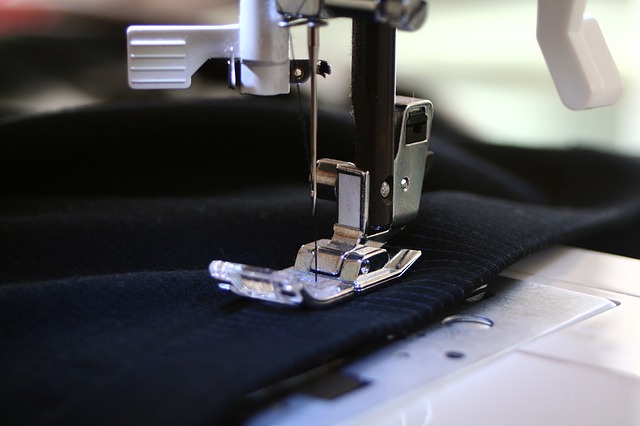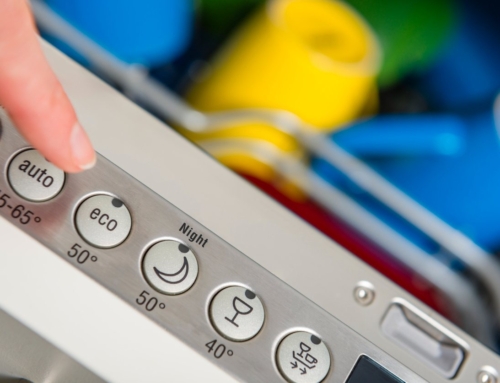The clothing industry is taking a heavy toll on the environment, from the mass production of man-made materials to the heaps of unwanted clothing piled high in landfills across the country. Learning how to repair torn clothes is not only a cost-effective solution to keeping your wardrobe stocked, but it’s also better for the environment. Upcycling clothes is just one of the many small changes we can make to reduce our carbon footprint and do right by the planet we inhabit.
In this post, we’ll show you how to easily repair torn clothes instead of throwing them out.

Photo Credit: Venturaartist
Tips for Repairing Torn Clothes
How you go about fixing your clothing will depend on the material and article. Use these tips on how to repair torn clothes for the best results.
Don’t Wait
When you tear a hole through your favorite sweater or pair of jeans, it’s important that you fix it as soon as you can. Washing and wearing will likely stretch out the hole and make it harder to fix.
Iron First
Before beginning your clothing repairs or upcycling project, always remember to iron the clothing first. This will help align the fabric and make it easier for you to get a clean stitch and even measurements.
Color Coordinate
Your stitches will likely be visible once you’re finished, so make sure you choose thread that is the same color as the article of clothing you’re mending.
Use the Right Stitch
Did you know that there are different ways to stitch different types of clothing? Use this guide to make sure you repair torn clothing the right way.
Backstitch: Use for tracksuits, t-shirts, and any kind of fabric that stretches.
Overcast and backstitch: Use for jean fabrics used for pants, jackets, etc.
Running stitch: Use for materials that don’t stretch and can hold their original shape under mild resistance.
Common Tears and Repairs
Once your clothes are ironed and you’ve obtained the right thread and learned how to properly do the correct stitch for your fabric, it’s time to get sewing. There are a few common tears that are best repaired with certain methods, so find your tear below and get to fixing!
A Standard Tear
When it comes to mending a standard tear, there are several different ways you can go about it. If it’s not in a highly visible area or the fabric provides a varied backdrop that the stitch can blend in with, then you can easily mend the tear with a classic stitch and sew.
You can also mend the tear with fusible interfacing. Lay the clothing face down, use your fingers to bring the edges of the tear together, and use an iron to fuse the interfacing with the fabric. You can also hand darn or machine darn the tear, which is also a great way to patch up small holes.
A Ripped Seam
A ripped seam is fairly simple to mend. Just turn your article of clothing inside out, use a pin (or several, depending on the size of the tear) to hold the edges of the rip together, and use a backstitch to repair the damage. To make sure the seam is extra secure, begin your stitching a couple centimeters before the tear.
L-Shaped Tears
L-shaped tears can be a little more difficult to mend. You want to make sure the fabric is aligned just right throughout the sewing process. In order to keep the fabric aligned, use iron-on hem web tape to hold the sides of the fabric in place so that they meet where the clothing was originally torn. Once the fabric is in place, use small, even stitches to unite the two sides and mend the tear.
Become an Eco-Conscious Consumer
There are so many ways to become a more eco-conscious consumer, and one of them is fixing or upcycling clothes instead of tossing them in the trash. What does it mean to upcycle something? Find out in this blog article about upcycling everyday items.
Every little effort adds up. Find renewable resources to protect the future of our planet!




![Top 11 Sustainable Building Practices for Eco-Homes [Plus 5 Sustainable Materials]](https://springpowerandgas.us/wp-content/uploads/2023/02/iStock-181062267-500x383.jpg)

